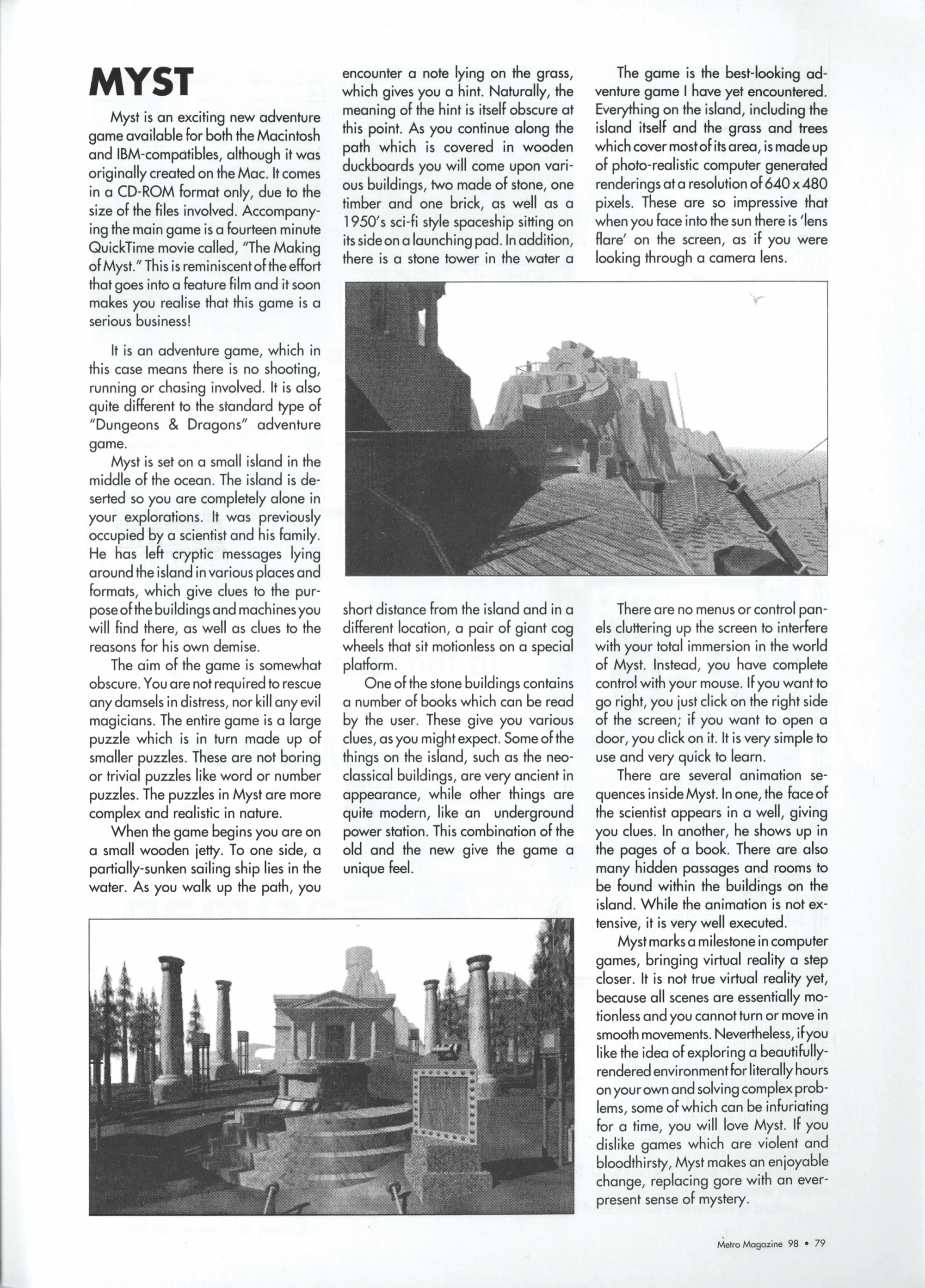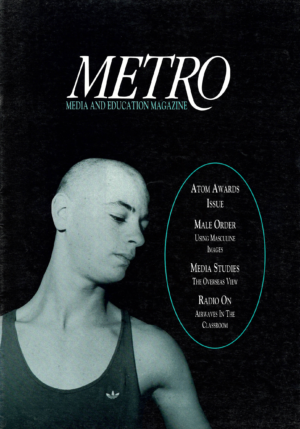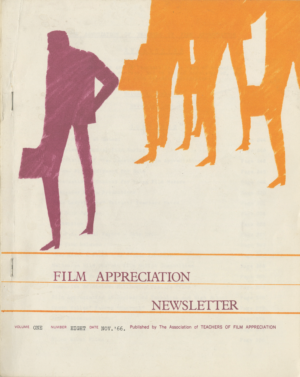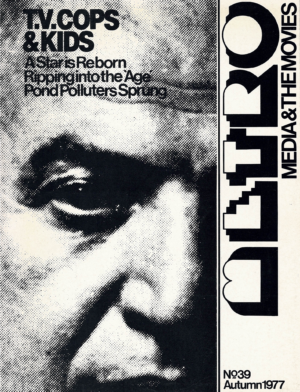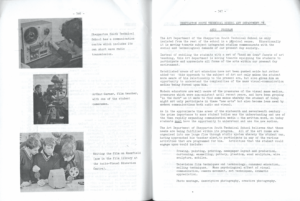You couldn’t have chosen a better date to start a magazine about media than 1963. If chronicling revolutionary shifts in media technology and culture was the goal, then the 1960s was the date to begin. When Metro (under its previous title, Film Appreciation Newsletter) was founded, digital technology was taking its first steps towards the transition from high-tech Cold War curio to believable part of everyday culture. Cassette tapes – used for transporting then-huge amounts of data, not 1980s pop songs – were around a year old, and ASCII, the standard that underpins how text could be shown on computer screens, had just been developed. The impact that such fledgling technologies would have on media, and daily life, was still the stuff of science fiction. Popular videogames were still a decade away; further still was the advent of home computers, the internet, social media, streaming video and everything else.
Any look back at Metro’s history is therefore, unavoidably, a narrative of perhaps the most significant technological revolutions in media.
Videogames were an early fascination for Metro writers, who were quick to notice their appeal to children as well as the presence they had in school discussions and, later, in classrooms themselves. To this day, Metro has run some coverage of games, and the earliest I can find is the hugely influential puzzle adventure game Myst, reviewed presciently in 1994 by Joseph Brabet as ‘a milestone in computer games’ – though his breathless praise for the ‘photo-realistic computer generated renderings at a resolution of 640 x 480 pixels’ (M98) only reveals the ever-increasing standards of computer imagery and the often-not-affordable technology needed to power them.
Another thing that, in particular, the educators writing for Metro have been quick to focus on are the social, ethical and regulatory aspects of videogames. Somewhat fatefully, all the way back in 1985, Paul Gathercoal highlighted the tricky gender dynamics that young computer-game players were exposed to:
[A suburb] is not the sort of area you would expect to find a six year old child crying and running to his mother, screaning [sic], ‘Rhonda is raping me again’! It seems hard to believe that such a thing might actually happen. All because Rhonda’s little brother had just lost another game on their new interactive joy-stick controlled computer games system (M67).
Generally, videogame historians suggest that such language largely didn’t become an (unfortunate) part of game culture until the 1990s. That Gathercoal then goes on to claim that ‘clerics’ and ‘cultural watchdogs’ will call for the regulation of videogames as a result of this kind of play – something that really only gained any sort of force in the next decade – makes his contribution even more prophetic. Indeed, the regulation of videogames has been a constant topic in Metro’s history, from the introduction of a new classification regime in 1994 (M99) to culture wars over the medium in the 2000s (M143, M149, M164), and frequently in industry columns – ‘Short Cuts’, as they were once known, and ‘Scope’, as they are today – including many of my own contributions.
There are surprises in the back issues. Curiously, a common point of discussion in the 1980s was computer interface design, either in videogames or otherwise (see: several articles drawing out of a ‘Filmmaker and Multimedia Conference’ – M103, M108). This reveals something of the lost history of what is today called ‘UX’ (user interface), which was thought of as a sort of ‘walled science’, and how it was once considered an exciting convergence of visual arts, image composition and computing.
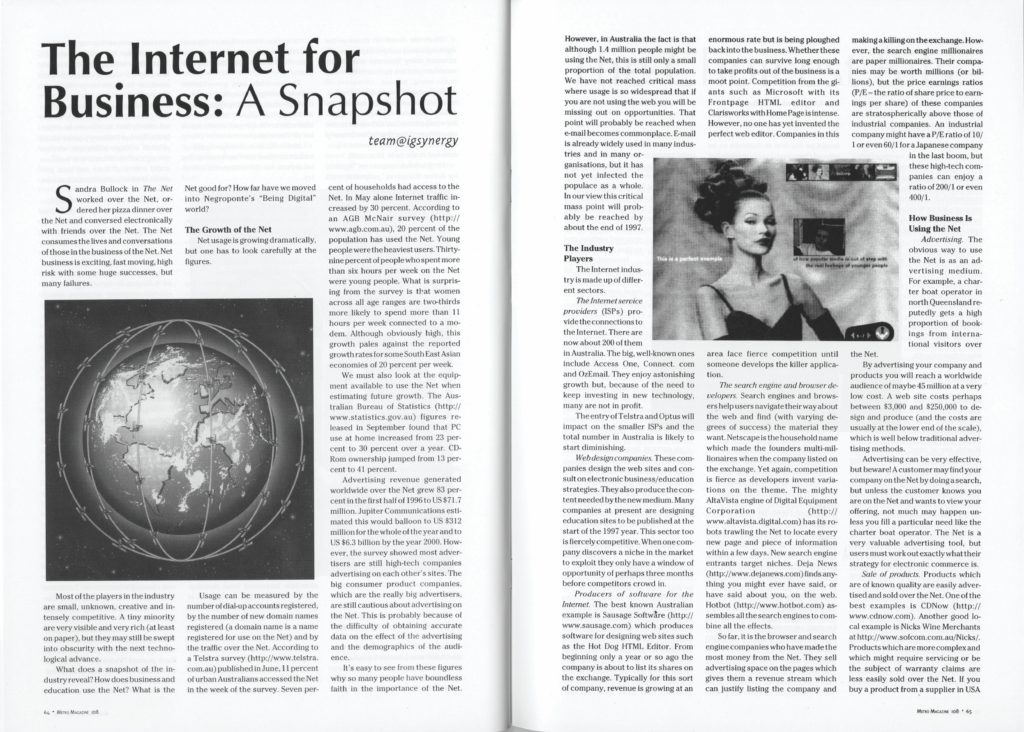
Of course, the digital revolution didn’t just create the fields of videogames and computer software: it changed pre-existing media fields, too. In 1984, Sue Robinson profiled composer Iva Davies – then-singer of the band Icehouse and, later, composer for films like Master and Commander: The Far Side of the World (Peter Weir, 2003)– and his use of a brand-new Australian synthesiser, the Fairlight. The Fairlight allowed users to record sounds and alter them – in fact, the ‘orchestral hit’ sound, ubiquitous to pop music of the 1980s, came from this machine and from Australia – and Robinson’s profile preludes the debates around autotune in the 2000s: ‘Why have a good performer when you can have a pretty one and make him or her sound good?’ (M64).
Of course, the internet itself has been ever present in Metro’s pages from the 1990s on – becoming, from the mid 2000s, less of a specialist topic and more of an all-consuming entity. That really means that most of the fascinating analyses come from the 1990s – when the internet was just being introduced, and before social media and smartphones made it perhaps the most quotidian media force in history – offering glimpses into alternative histories of the present.
Metro published almost everything imaginable on the subject in those early years, even including simple instructions such as those from Elizabeth Reid and Vincent O’Donnell in 1994, who told us all about ‘How to read the header text of “e-mail” and “usenet” messages’ (M100). In 1995, Lisa Gye (a former colleague of mine) gives Metro its fullest early examination of the internet, exploring the newfangled linguistics of ‘surfing’ the web and what it might mean for how we, as users and creators, think of it: ‘What happens when we close off the way in which we imagine an apparatus?’ she asks, presciently (M101).Everything from using the internet for business (M108), internet censorship (M108), the internet and television (M106), and the internet and pornography (M105) would follow, all the way up to a ‘Web Guide’ section in 2003 that included advice on something called ‘viral marketing’ (M137).
Of course, digital technology today is so ubiquitous in the media landscape as to be almost invisible except in its most extreme incarnations, like the present-day fad of virtual-reality devices. But looking back over Metro’s history – even just from the crucial period of the 1990s to the 2000s, when personal computing, the internet and videogames all went from niche to cultural forces – reveals the scale to which media of all stripes have been transformed under the magazine’s watch.
